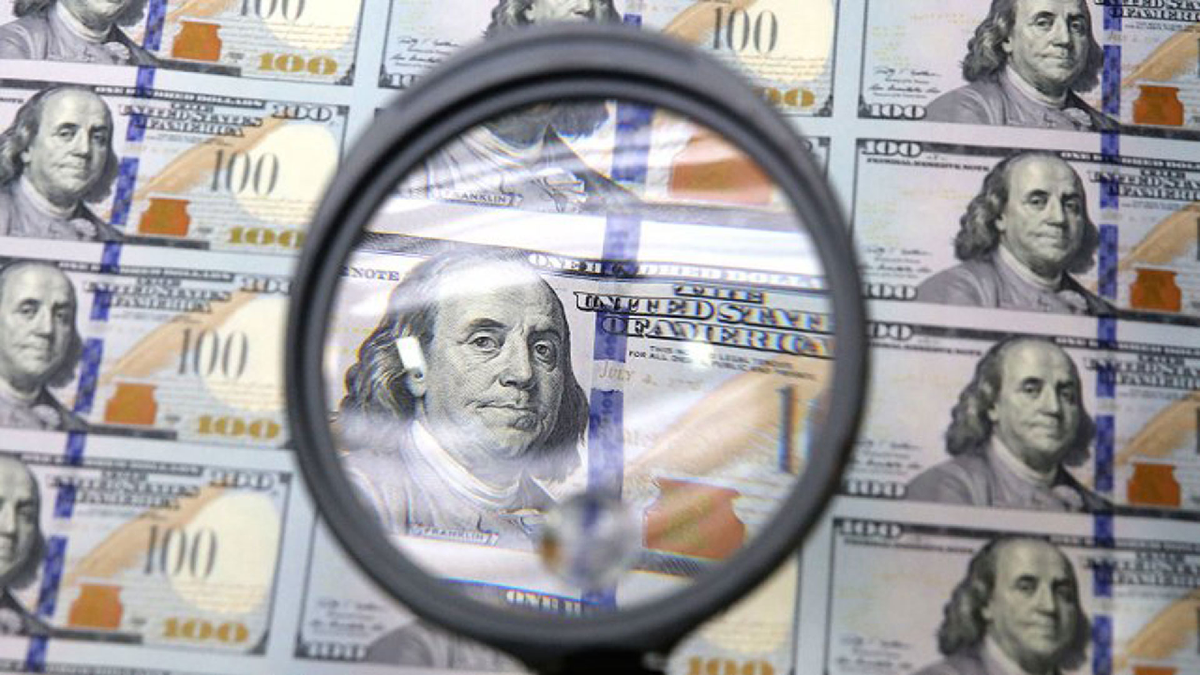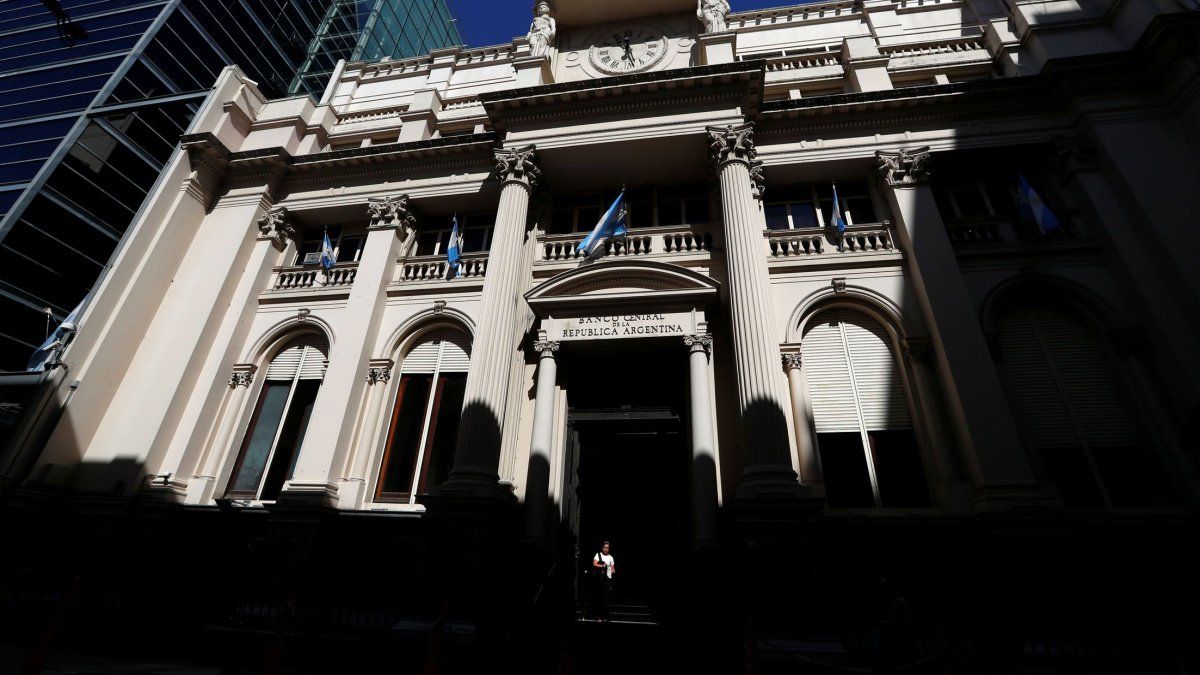In a key tender for the Ministry of Economy, the government validated rates of up to 65% annual effective to absorb $ 9 billion circulating pesos. Even with this high “award”, the result only allowed to cover 76% of the maturities, in a context of growing market doubts about the official capacity to contain the demand for dollarswhich remained latent since the beginning of July and intensified after the end of the Lefis.
The expectation in the City revolves around If this strategybased on a strongly restrictive monetary policy, It will be enough to contain exchange pressures or ifon the contrary, It will end up encouraging a greater demand for coverage Through the exchange rate, especially after the recent government interventions in the market, although it has exchange bands.
According to the Secretary of Finance, Pablo Quirno, The result of the rollover was conditioned by the increase in the demand for liquidity generated by the rise in the bank lace. As of August 1, the Central Bank (BCRA) raises from 20% to 30% the requirement of minimum lace for deposits in pesos in view of common investment funds (FCI) Money Market and stock market couccion.
From the monetary authority they explained that the measure seeks to “increase the lace of the items that generate greater volatility and increase the credit to the private sector, reinforcing the solidity of the financial system and strengthening the monetary regime based on the control of the monetary aggregates”. The objective is clear: Absorb pesos of the system to prevent them from pressing on the dollar.
The costs of the rates and doubts of the market
However, monetary tightening also has costs. With the economic activity lagging, The rise of rates negatively impacts the activitybut it is positive on the road to the deceleration of inflation.
Market analysis is divided into three central axes:
-
Short -term LECAPS were well above inflation.
-
The unknown persists on whether this scheme will reach to stop the demand for dollars, especially in the futures market, which continues to show tensions.
-
Volatility of rates: the message of chirno and the change in the premieia of monetary policy suggests that less volatility in the weight market is hardly seen. This is defined Delphos Investment: “For now, with the dry square and a bulky maturities profile, we do not anticipate a compression of rates in the short term; volatility suggests Straight monitoring the dynamics of the dollar to structure Cary strategies. ”
Meanwhile from outlier, they were more categorical: “The rate is conditioned by the FX level. Which is not “endogenous.” Rather, it will be what has to be so that the FX does not exceed $ 1,300. “
Dollar pesos
After the end of the Lefis, the peso market reflected rates volatility. What will happen after the last two tenders?
Depositphotos
Dollar under the magnifying glass: What does the City expect after the Treasury key tender
Market looks are put in the dollar In the short term. “With real rates of up to +20%, one would expect a full rollover. But no. 24% not renewed reflects caution and a increased liquidity,” said Leo Anzelone, director of CEPEC.
As detailed, part of that missing is explained for a technical reason: “In August the lace uploads and $ 1.7 billion did not reinvirt for that reason.” However, Another $ 1.1 billion remains “at stake”: if those pesos return to CER or LECAPS instruments, the rates could begin to give in. But if they look for exchange coverage, they could press on the CCL and MEP dollar. “We will know this week on the wheel,” he anticipated.
And he added: “The treasure does not want to leave loose weights, so the very high rate, but the banks do not want to lend them either. If that liquidity does not return to the debt market, it stresses the fiscal balance and reopens the risk of issuance to cover maturities. ”
Along the same lines, the economist Christian Buteler warned in his X account that the problem is not at the rollover level (75%), but in the cost it implied: “If the treasure must pay twice the rate on the projected inflation (60% vs. 30%) to remove the weights that it considers surpluses, something is not right. I am defender of the positive real rate for an economy like Argentina, but the magnitude of the rate will have an impact on the real economy. The consequences of the monetary squeeze are not limited only to the dollar or prices. ”
Economist Natalia Motyl was more blunt: “65% rate and inflation of 27%. And tomorrow the leftovers of pesos go to the dollar. Delirium and unfeasible”, He also published on the social network X, suggesting that, beyond the official intention, a part of the market will continue to seek exchange coverage.
The financial operator Leonardo Svirsky, meanwhile, recommended being attentive to the first signals of the market: “Topic tasas, theme dollars. High rates were validated and pesos were spinning. We will see what the reactions will be. ”
The opinions in the City are far from unanimous. While some operators consider that the positive rates paid by the treasure will help contain exchange volatility, others warn that distrust in the official intervention strategy and portfolio dollarization will continue feeding the currency demand in the previous legislative elections.
Source: Ambito
I am a 24-year-old writer and journalist who has been working in the news industry for the past two years. I write primarily about market news, so if you’re looking for insights into what’s going on in the stock market or economic indicators, you’ve come to the right place. I also dabble in writing articles on lifestyle trends and pop culture news.




